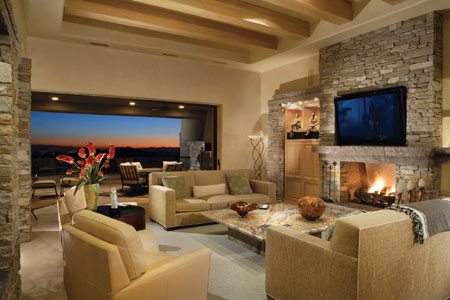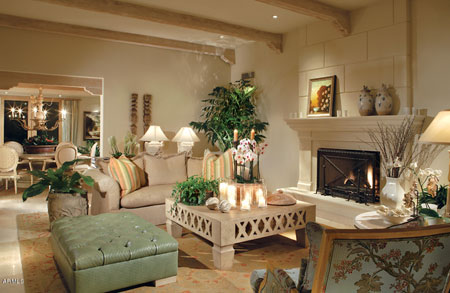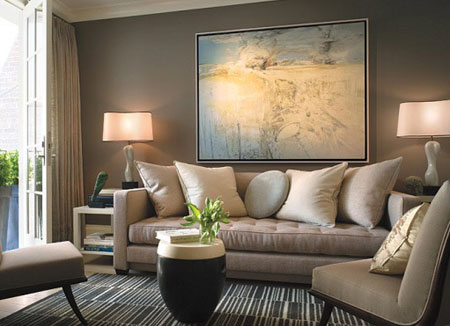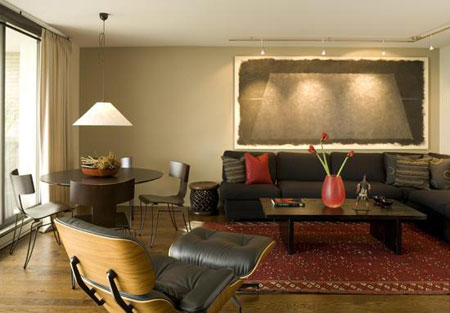A Sense of Style
Sometimes it seems as if what constitutes good design is purely subjective. One home may reflect a look that is French Provencal, while another will tend more towards ultra modern. But if taste sometimes seems arbitrary and fast-changing, there are core principles of all good interior design that are timeless.
Balance
Balance means using furniture and other objects to make each part of an arrangement roughly equal in visual weight so that one area harmoniously complements the other. Perhaps the easiest way to achieve balance is through symmetry, where one side of a room exactly matches the other. It’s balanced, but it’s also formal.
Balance can also be asymmetrical, with one large piece of furniture offset with several smaller furniture pieces or objects. The ideal is to achieve a visual symphony in which every ‘note’ is appropriate to the function of a room and nothing is distracting.
Harmony
Harmony in a room occurs when all parts of the arrangement — from furniture to accessories to wall colour - combine to create a pleasing whole. An easy way to achieve harmony is through repetition- in colour, texture, or shape. So a green chair might be echoed by green in the draperies and green pillows on the sofa.
Repetition doesn’t necessarily mean duplication, however. You can change colour intensities, for example, from a deep to a lighter hue, and still gain a sense of repetition. But don’t go overboard; too much repetition can make a room feel predictable and boring.
Emphasis
Every well-designed room needs a focal point — a fireplace, a terrific view framed by a compelling window treatment, or a powerful painting — to draw the eye into the space. Large spaces may need several points of emphasis. It’s the contrast between what is emphasised and what is not that creates interest in a space.
Without a focal point, there’s no place for the eye to rest and the interior seems uninteresting. With a focal point, you can immediately respond to the aesthetics of an interior space.
Functionality
In a home, the adage 'form follows function' (made famous by master architect Louis Sullivan) should be the golden rule. A room where children will play and the family will gather needs furniture with durable fabric, a layout with space for blocks or homework, and relaxed furniture styles to fit the room’s many functions. Everything in a given space should be appropriate to and support the experience of what will take place there.




